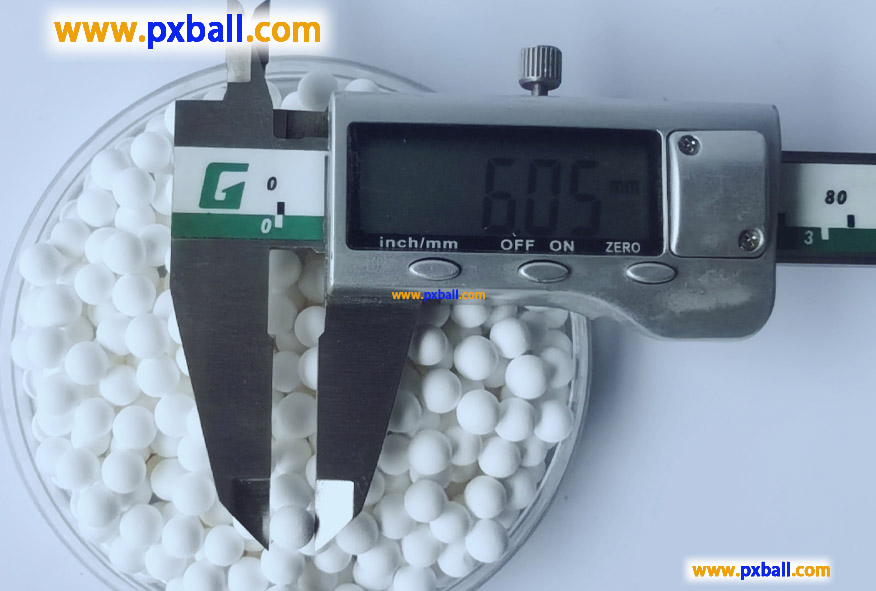
Definition
The density of inert ceramic balls refers to their packing density, which is the mass of ceramic balls per unit volume. This metric is very important for evaluating the quality and performance of ceramic balls, and it can also accurately calculate the weight of ceramic balls per cubic volume when they are filled, usually expressed as the weight of ceramic balls per cubic meter.
Density data for inert ceramic balls:
Common inert ceramic balls: Aluminum content ranges from 17% to 30%, with a bulk density of about 1250-1350kg/m³.
Medium-alumina ceramic balls: Aluminum content ranges from 30% to 70%, with a bulk density of about 1350-1650kg/m³.
High-alumina ceramic balls: Aluminum content is about 90%, with a bulk density of about 1800-2100kg/m³.
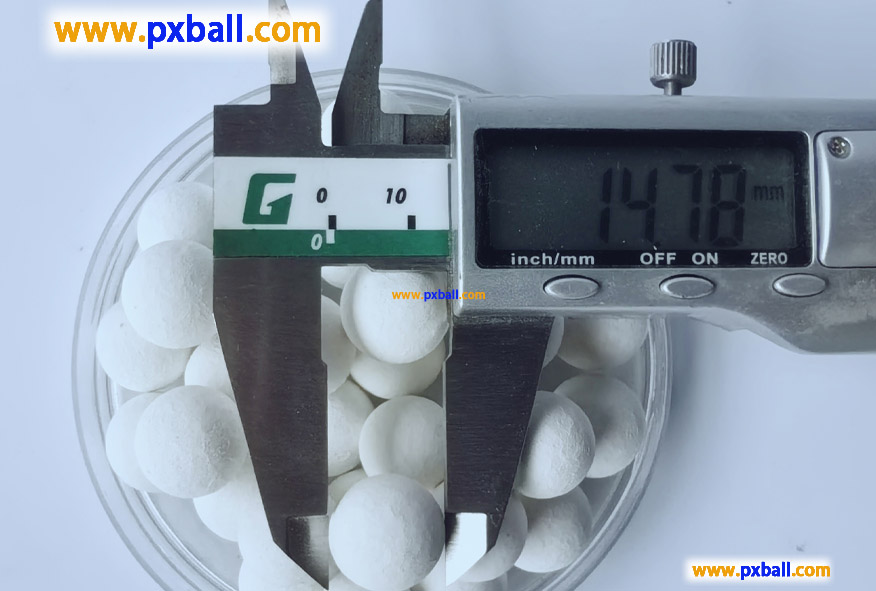
Table of Densities for Inert Ceramic Balls
Property | Ceramic ball | Low alumina ball | Med. alumina ball | High alumina ball | Corundum ball | |
Chemical composition % | Al2O3 | 20-30 | 31-45 | 46-70 | 71-90 | >90 |
Al2O3+SiO2 | ≥90 | |||||
Fe2O3 | ≤1 | |||||
Water absorption, % | ≤5 | |||||
Acid resistance, % | ≥98 | |||||
Alkali resistance, % | ≥80 | ≥82 | ≥85 | ≥90 | ≥95 | |
Thermal shock resistance, ºC | ≥300 | ≥400 | ≥500 | ≥700 | ≥800 | |
Thermal resistance, ºC | ≥1000 | ≥1200 | ≥1300 | ≥1400 | ≥1500 | |
Bulk density, Kg/m³ | 1300-1400 | 1400-1500 | 1500-1600 | 1600-1800 | ≥1800 | |
Note: The data of bulk density is given for reference only, not as the acceptance criterion. | ||||||
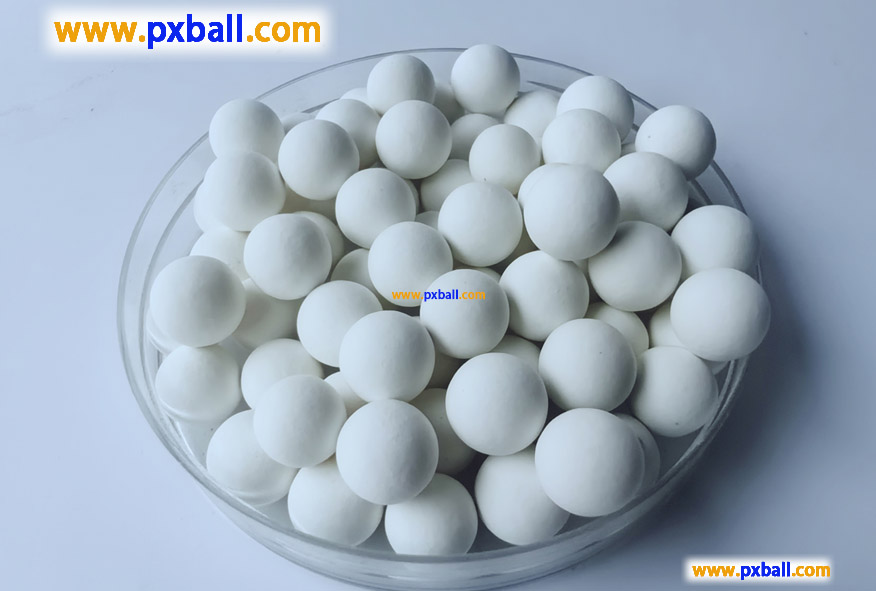
Summary
The density of inert ceramic balls is highly related to the alumina content of the inert ceramic balls. The higher the alumina content, the higher the density of the inert ceramic balls, and the greater the packing density in a fixed volume, which means more filling volume.
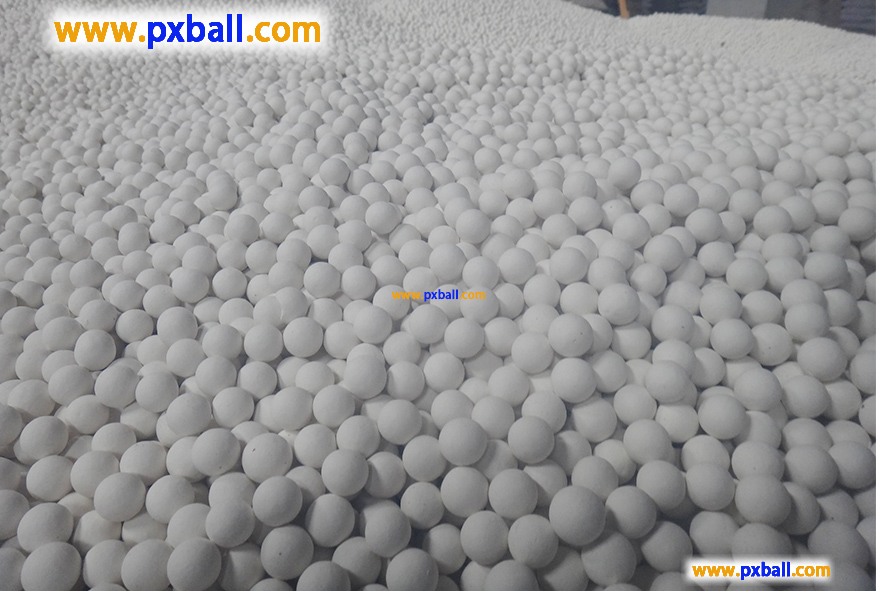
Catalyst Inert Ceramic Packing Process
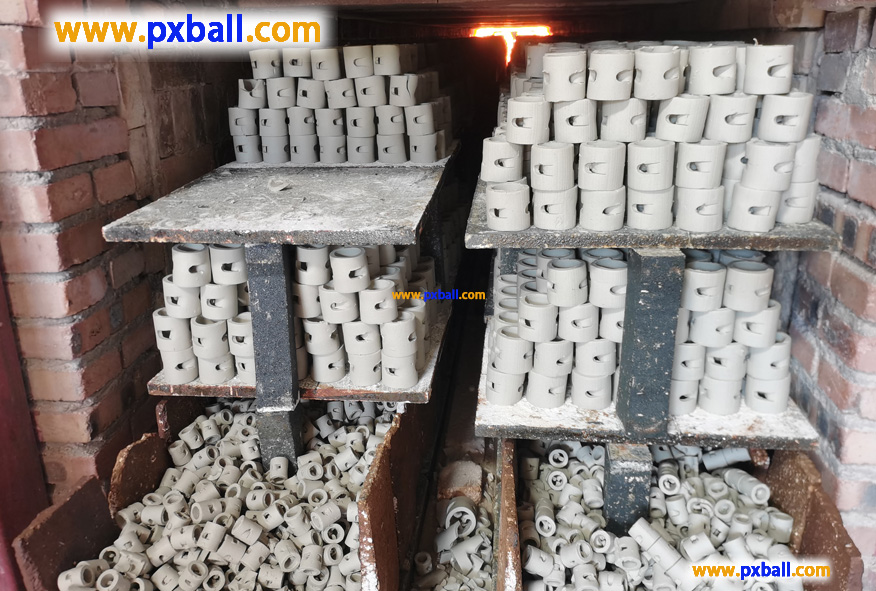
Is ceramic an inert waste?
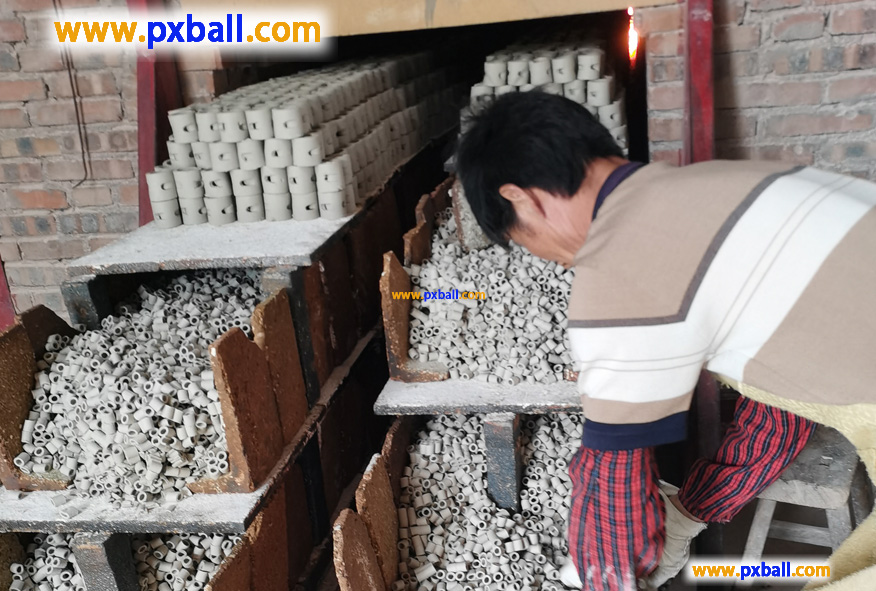
Are ceramics chemically inert?
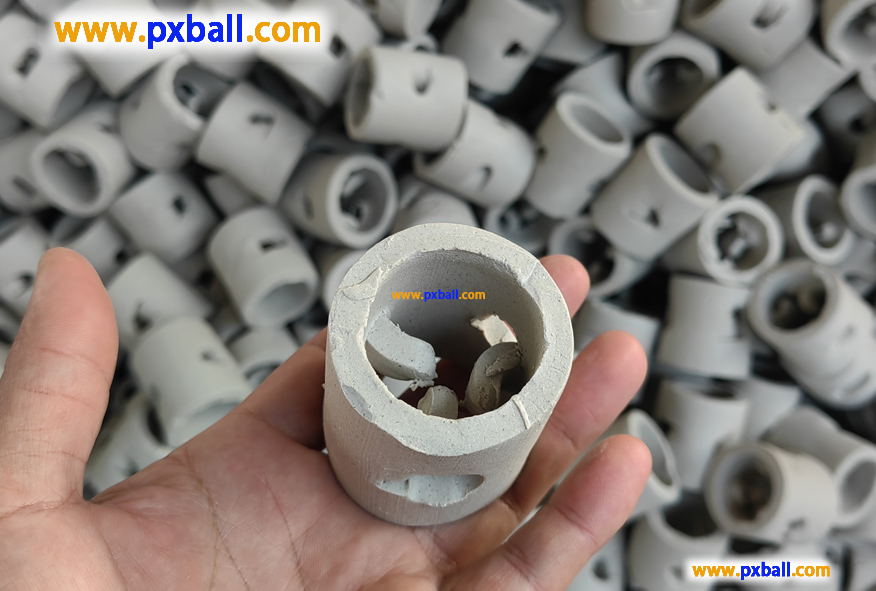
What is inert ceramics?
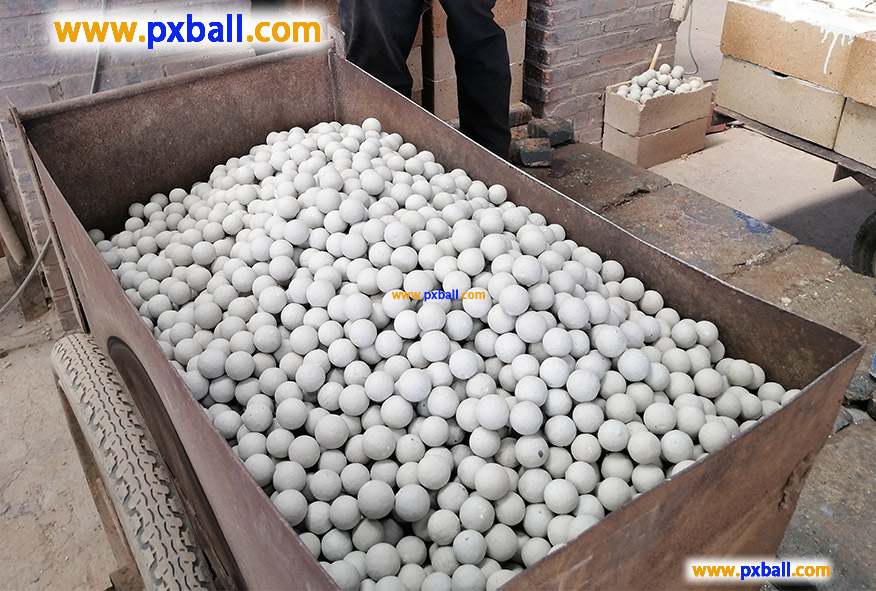
inert alumina ceramic ball density

Why do inert ceramic balls emphasize the level of aluminium content?
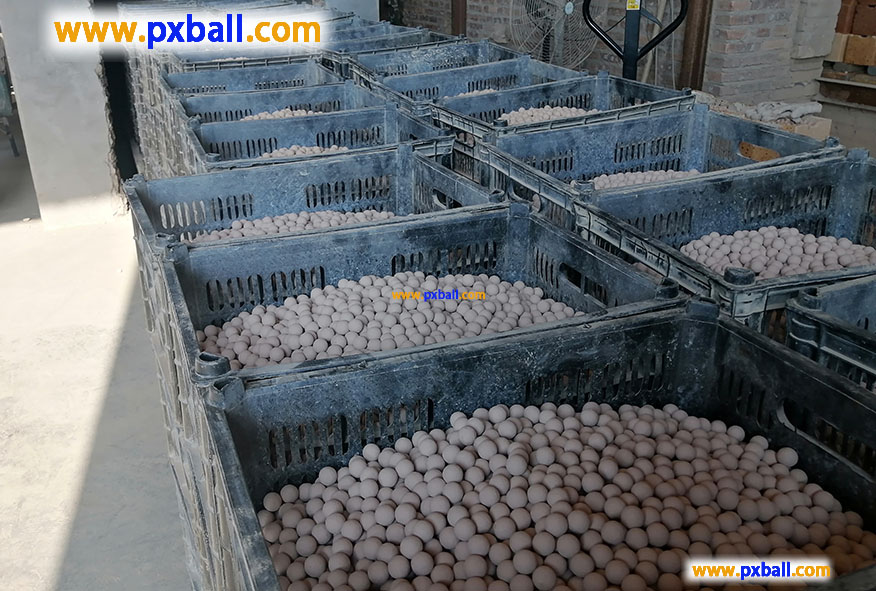
What are alumina ceramic balls used for?
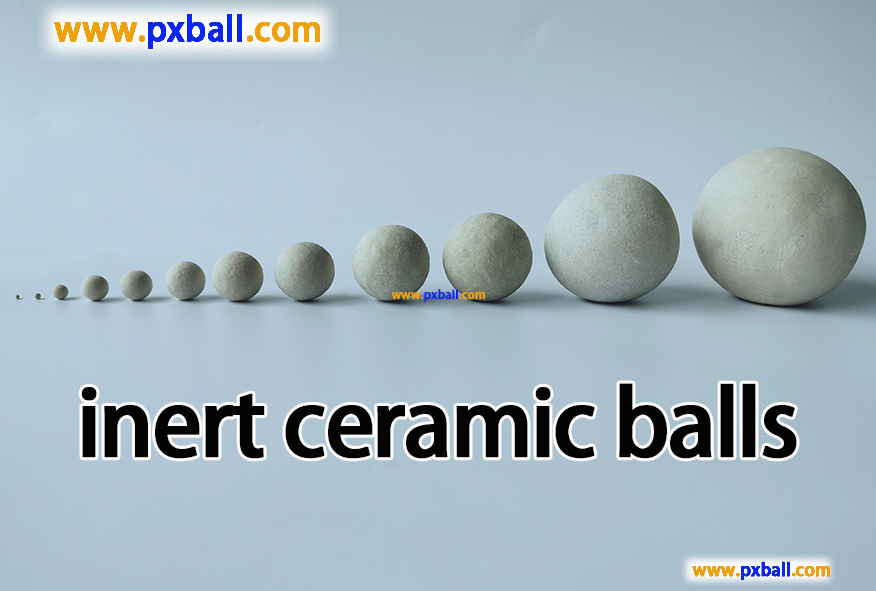
What is inert ceramic ball?